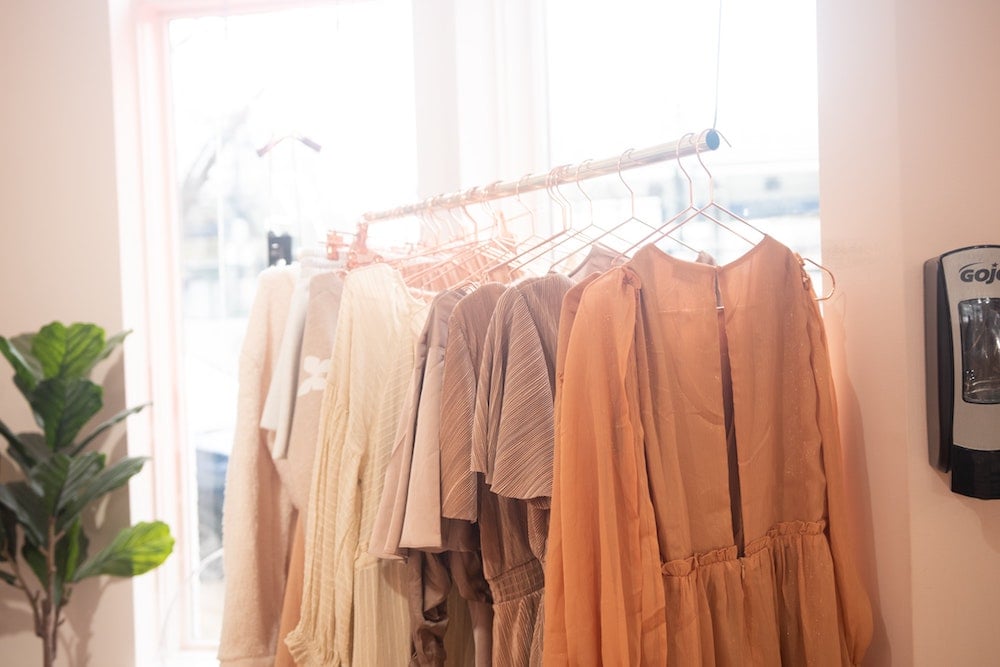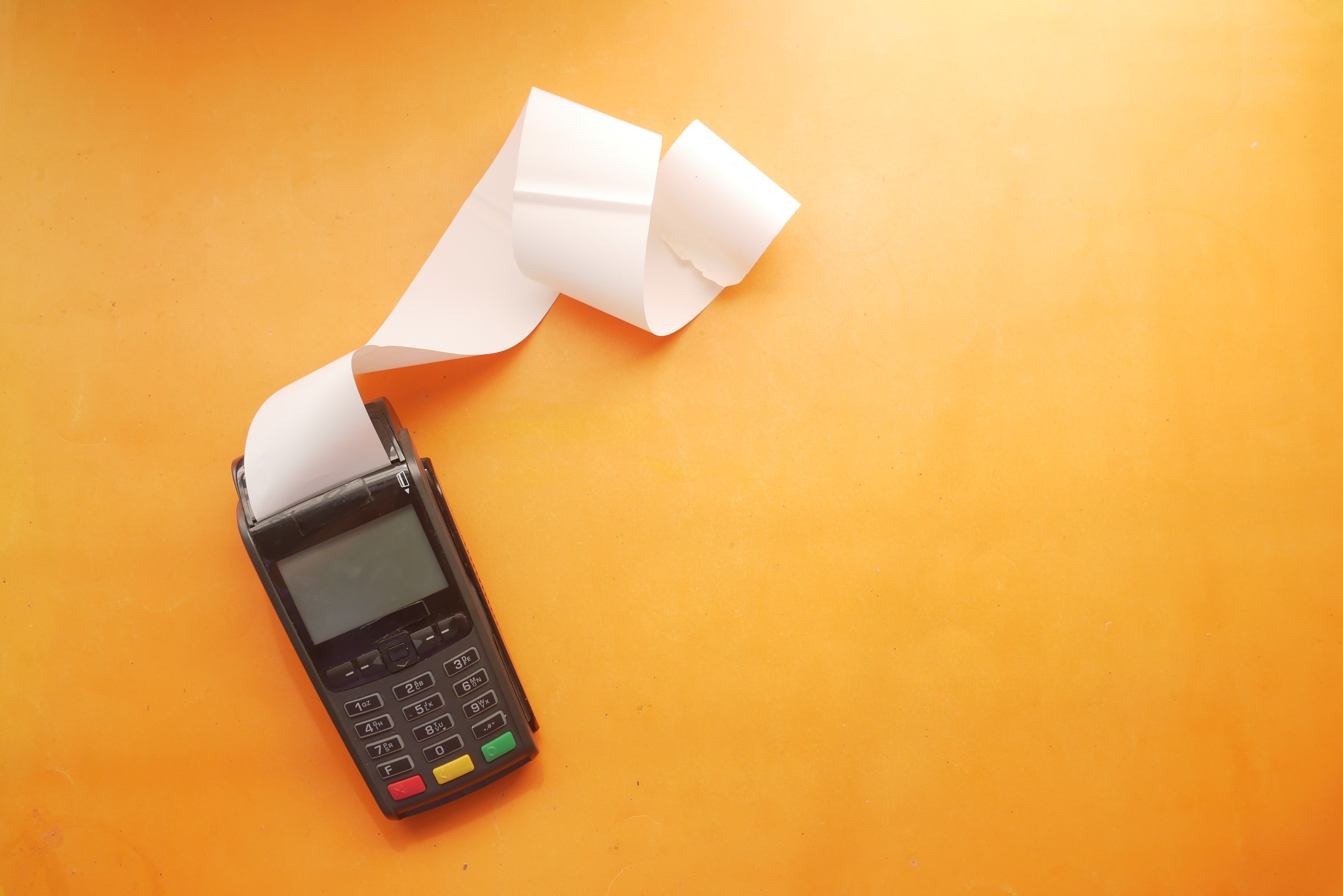
Whether you’re making your own products, manufacturing your own products, or reselling someone else’s products, margins matter — a lot.
(And probably more than you first realised).
We often speak to retailers who tell us that they severely underestimated the margin they needed to make on each product (before taking into account other fixed costs of their business) when they first started out.
Taking 20% of ‘profit’ from each product sounds great at first, but once you’ve factored in a share of your expected fixed costs (rent, bills) and unexpected costs (broken coffee machines, and other gifts from ‘sod’s law’), suddenly things aren’t looking quite as rosy.
But exactly what is a ‘good’ profit margin for a product? And how does it vary by product type? Stick with us as we explore all this and more, with the help of CREOATE’s very own data.
👋 Looking for unique, high-margin wholesale products to sell in your store? Browse over 6,500 independent brands on CREOATE, and look out for the 'High Margin' badges
Disclaimer: a ‘good’ margin looks different to every business
Every business has their own model and costs they need to cover. So it’s impossible to hand out a percentage and call it a ‘good’ margin to aim for for each product.
- You might have products that are ‘loss leaders’ — ones you make little or no profit from, but that keep your customers coming back, or lead them to buy higher ticket items.
- You might be running an ecommerce store with very little overheads, where you can afford to be more relaxed about how much margin you make on each product, and go for volume instead.
- Or maybe you make your own products, and you’re using free or cheaper marketing tactics to undercut your competitors’ retail prices.
It’s definitely not a one-size-fits-all situation, even within the same product category.
A margin mistake to avoid
Retailers aren't the only ones guilty of underestimating the importance of margins; it's also a constant struggle for brands, especially if they're looking to sell their products wholesale to stockists.
Many brands make the mistake of starting with what they think is the ideal retail price, and working backwards. This was the case for Rachel, a former homeware and children's clothing brand owner. Eventually she hit the coveted 50% margin - but it required a big hike in prices:
"I hadn't considered the margin enough", she told us. "I went from retail price to wholesale price, and then had to figure that out. I did end up with a 50% margin, but my products were probably twice as expensive as anything else in that bracket."
How to calculate profit margin by product
If you sell your own products, the formula for calculating profit margin by product as a percentage is:
Profit margin = (Sales price - Product Cost) / Sales Price x 100
Most businesses find it easiest to create an excel or Google Sheets formula to calculate, or to use a simple margin calculator.
What if you're buying or selling the products wholesale?
If you’re reselling someone else’s products, you can still use the formula above, but just replace the ‘Product cost’ with the ‘Wholesale cost’ of the item. And if you're selling your products wholesale, use the 'Wholesale price' as the 'Sales price'.
Be sure to factor in any costs that relate to the product but aren’t included in the wholesale price, such as a share of any shipping cost.
You’ll be left with the product’s profit margin, expressed as a percentage.
What’s a good profit margin when buying products wholesale?
For wholesale products, we’d typically expect the wholesale cost to be 30% lower than the retail price (as a minimum). More competitive products will have a wholesale cost that’s 50-60% lower than the retail price; we’d consider these products to be high-margin.
But we tend to find that a competitive margin also varies between product categories. Here’s what we look for in the products on CREOATE, as a guideline:
|
Category |
Typical margin (minimum) |
|
Beauty and wellbeing |
35 – 40% |
|
Homeware and home decor |
45 – 50% |
|
Kids clothing and items |
50 – 60% |
|
Stationery |
45 – 55% |
|
Fashion and accessories |
45 – 55% |
|
Pet accessories |
30 – 40% |
|
Food and drink |
30 – 40% |
Unexpected costs to factor into margin
One of the mistakes people make when thinking about margin is being too optimistic or vague about what everything costs.
It’s easy to take the cost of making, manufacturing or buying the product and call it quits there.
But there are in fact many extra costs that you need to factor in to gain an accurate picture of each product’s profit margin; it’s much more than just the price of materials.
Here are a few things that are easily missed when calculating a product’s profit margin:
- Not including the cost of packaging in the cost price
- Not removing VAT from the RRP (if applicable)
- Not factoring in marketplace or platform commission (if you’re selling through a third party like Etsy)
- Not including direct labour costs (the amount of time it takes someone to make or pack each product, and how much this time costs) where applicable
How to improve your product’s profit margin: 3 key mindset questions
How you improve your product’s profit margin depends on your production process. But start by asking yourself these key questions to help you get in the right mindset:
1. How can I reduce the cost of my materials, or the manufacturing price of my product?
Could you negotiate better deals for your materials or the finished product (by buying in larger quantities)? Or maybe you could reduce the number of components involved, or buy more of the components from the same place to reduce shipping costs, and reduce the volume of materials that go to waste.
2. How can I make or pack each product faster?
If you make your own products, speeding up your manufacturing process is a great way to cut down the labour portion of your product’s cost price.
How could you better optimise your working area to speed things up? Are there some different tasks you can batch together? Even saving as little as 30 seconds in packing time by organising your station more efficiently helps.
3. Can I sell my products for a higher price?
Increasing your product’s RRP is an instant way to increase your profit margin, but you need to balance this against the possibility of reducing sales volume. If it’s been a while since you last increased your prices, or you find you’re always working flat out to make products and fulfil orders, then consider trying a small uplift. If you have the ability to test this pricing change and monitor the impact, that’s ideal.
📚 Bookmark for later: Inventory Turnover Ratio: How to Calculate & Improve Yours
So, what actually is a good margin for a product?
When we look at this on a per product basis, a good margin is typically thought to be around 50-60%, because this doesn’t factor in any other wider business costs, such as marketing and rent.
If your fixed business costs are low, however, you can still turn a healthy profit with a lower margin than this.
But if you’re ever looking to sell your products wholesale, know that many retailers will expect a margin of around 30-40%, if not higher — so you’ll need to have a strong margin and flawless process yourself to be able to capitalise on these larger wholesale orders, and make them profitable for your business as well.
How about a good net profit margin?
When all your incomings and outgoings have been factored in, what is a good percentage of profit for your business to be left with?
As a very rough guide:
- 5% is considered a low net profit margin
- 10% is considered an average net profit margin
- 20% is considered a high net profit margin
FAQs
Is margin the same as markup?
In the context of talking specifically about the cost price versus the retail price of an item, margin and markup are the same thing — they just approach it from two different angles.
- Markup talks about how much you increase the cost price by to find the retail price (typically expressed as a number).
- Margin tells you how much lower the cost price is than the retail price (typically expressed as a percentage).
So let’s say you make a mug and the cost price is £5, and you sell it for £12.50.
- Your markup is 2.5 (the retail price is 2.5 times the cost price).
- Your margin is 60% (the cost price is 60% lower than the retail price).
💡 Find out more: Markup vs Margin: What’s the Difference?
Are thin profit margins bad?
Any positive profit margin is an achievement to celebrate. But running with a thin profit margin for an extended period of time might leave you vulnerable to factors out of your control.
But while profit is important, cash flow — particularly at the start of running a business — is probably even more so.
We’ll finish with some advice on this from Tom Rowley, owner of London bookshop Backstory, who sagely wrote in his newsletter:
“Most new businesses that fail do so for the simple reason that they can’t pay their bills. From that conversation onwards [with his dad], I’ve had a laser focus on cash flow, checking the bank balance and list of creditors every day and building up reserves. I put in big orders on the first of the month (typically you pay suppliers at the end of the month after placing an order, so this effectively increases the time you have to find that cash from 30 days to 60) and negotiate extended payment terms wherever possible.”








